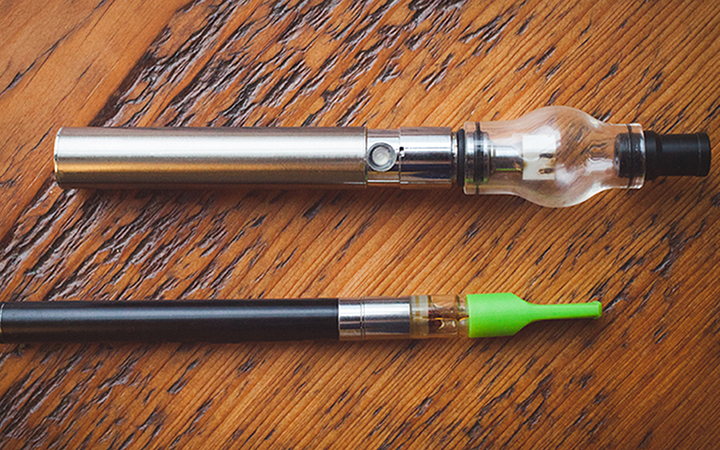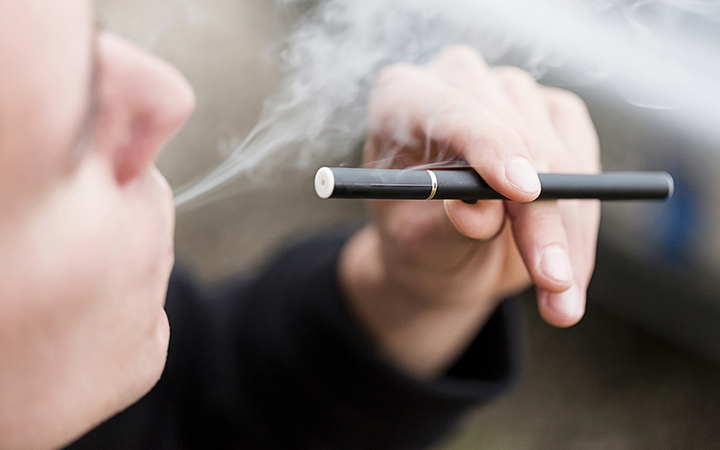This article is sponsored by CV Sciences, Inc. CV Sciences is one of the leading suppliers and manufacturers of agricultural hemp-derived CBD bulk and finished products, namely their PlusCBD Oil and Purified Liquids brands.
“There’s more than one way to skin a cat” is a weirdly morbid saying, but the phrase’s core concept rings true – there are a lot of ways to accomplish the same task. This has never been more true for cannabidiol (CBD). With the rising demand for CBD products, there are a plethora of different ways to get your daily dose. They range from sublingual sprays, to vaping CBD oils, to smoking good old-fashioned joints. Yet most people don’t know that the way in which you ingest CBD can drastically alter its effective dosage.
CBD’s Bioavailability: Understanding Its Variations

In general, not all of the CBD you consume will directly affect your body: only a certain percentage will be able to enter your systemic circulation and produce its active effects. This percentage is referred to in science as “bioavailability,” and it strongly depends on the manner in which CBD is introduced to your system. For example, the oral bioavailability of CBD is roughly 15 percent. That means for every 100 milligrams of CBD that you eat, only 15 milligrams will actually reach your bloodstream.
There are two main reasons why this happens. First, CBD is hydrophobic, meaning that it is not very water-soluble. In the same way that oil does not like to mix with vinegar, CBD does not like to stay in your bloodstream. Instead, it rapidly diffuses out of your blood and accumulates into your fatty tissues. Unfortunately, this significantly reduces the amount of bioactive CBD that can enter your systemic circulation, allowing for less CBD to be carried to its active sites in your body and thus lowering its overall bioavailability.
Second, when an organic compound like CBD enters your gut, it has to pass through the liver before it enters your circulation. During this transition, the liver will actively reduce the amount of CBD, either through absorption or through chemical breakdown by liver enzymes. This phenomenon is called the “first-pass effect,” where passing through the liver reduces the concentration of bioactive compounds.
Maximizing CBD’s Effects: How to Offset CBD Loss by Vaporizing

There are a few different ways to offset these losses of CBD. For one, you can reduce the amount of CBD that dissolves out of your bloodstream by putting the CBD into a form that is more hydrophilic, or water-soluble. However, this can only be achieved by complicated chemical means, such as through the use of cyclodextrins or liposomes. A more practical solution is to bypass the first-pass effect of oral administration entirely by utilizing vaporization.
During vaporization, CBD enters your lungs and diffuses directly into your bloodstream rather than passing through your gut and liver. This avoids the first-pass effect altogether, allowing nearly four times as much CBD to enter your circulation for a maximum bioavailability of roughly 50 to 60 percent. Essentially, this means you can achieve the same beneficial effects with a much smaller amount of CBD.
Not only that, but vaping will greatly decrease the amount of time it takes for the CBD in your body to become active, since you don’t have to wait for it to travel through your gut. By vaporizing a CBD e-liquid or high-CBD concentrate, you could potentially feel its effects 30 to 60 minutes faster. This makes vaping CBD an extremely efficient delivery method.
Of course, if you’re leaning towards embracing the vape life, make sure you’ve done your research on the concentrate you intend to consume. Without sufficient regulatory oversight in the emerging vape and cannabis industries, few companies have been able to produce a clear and homogenous CBD solution, so the milligram amount in CBD products is often inconsistent with the amount claimed on the label. Be sure to ask for both in-house and third-party test results from your chosen source to ensure you’re getting a quality product!
Andrew Pham currently serves as the Lead Scientist at CV Sciences, Inc. He was formerly the Lead Scientist at SC Laboratories, a prominent third-party analytical testing lab. He is also an executive member of the Cannabis Chemistry Subdivision (CANN) of the American Chemical Society.


